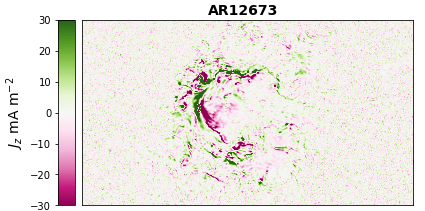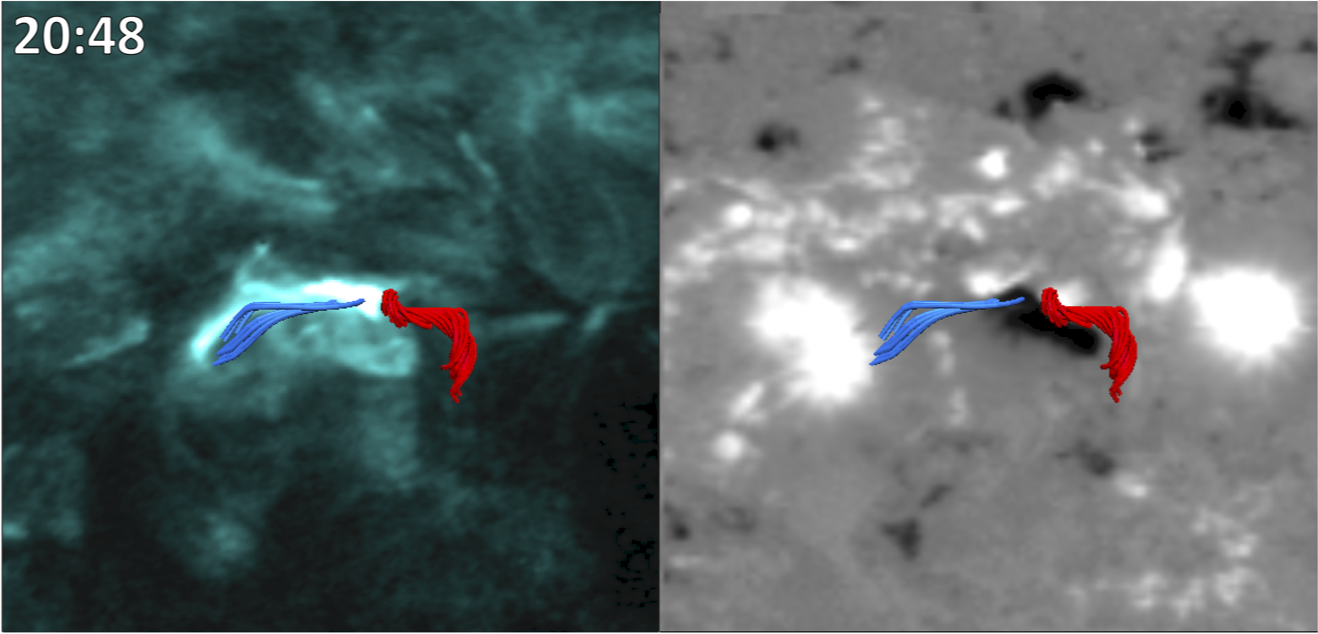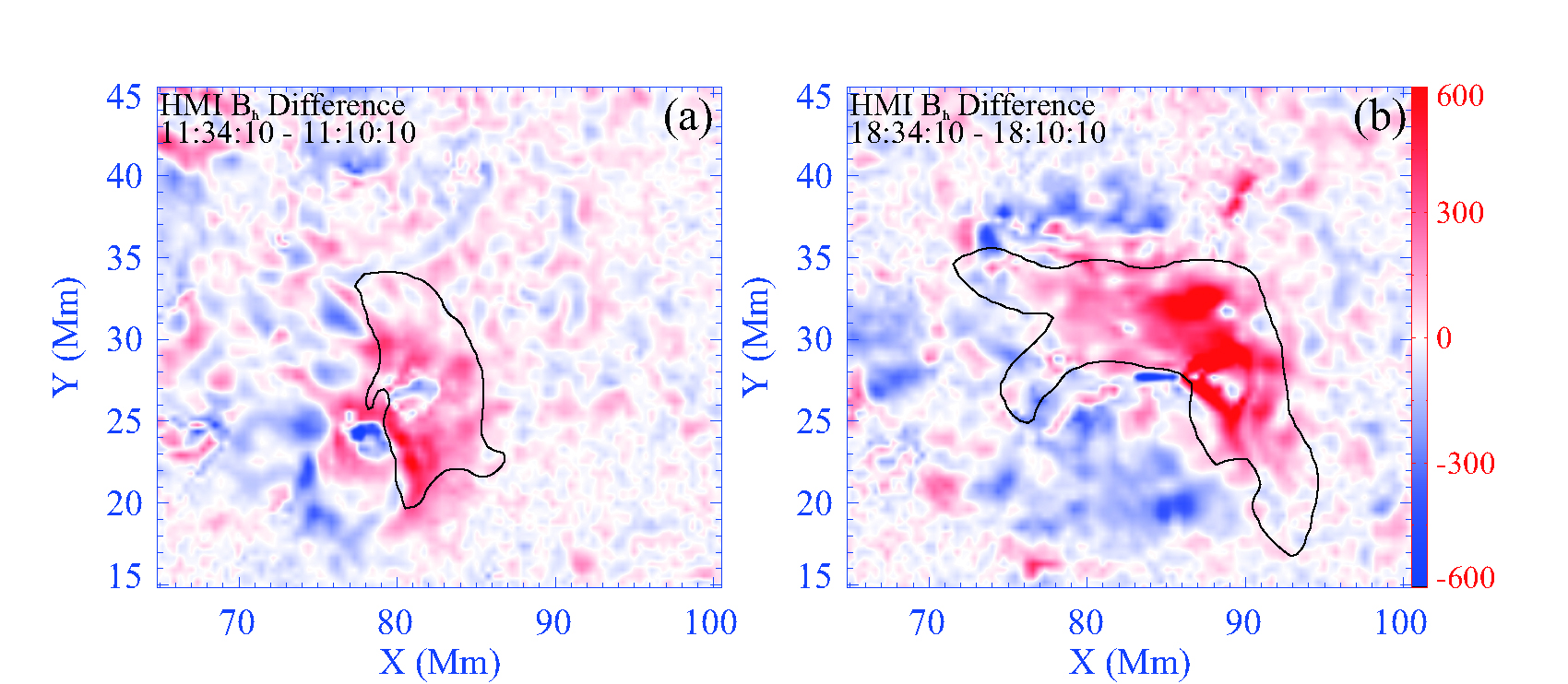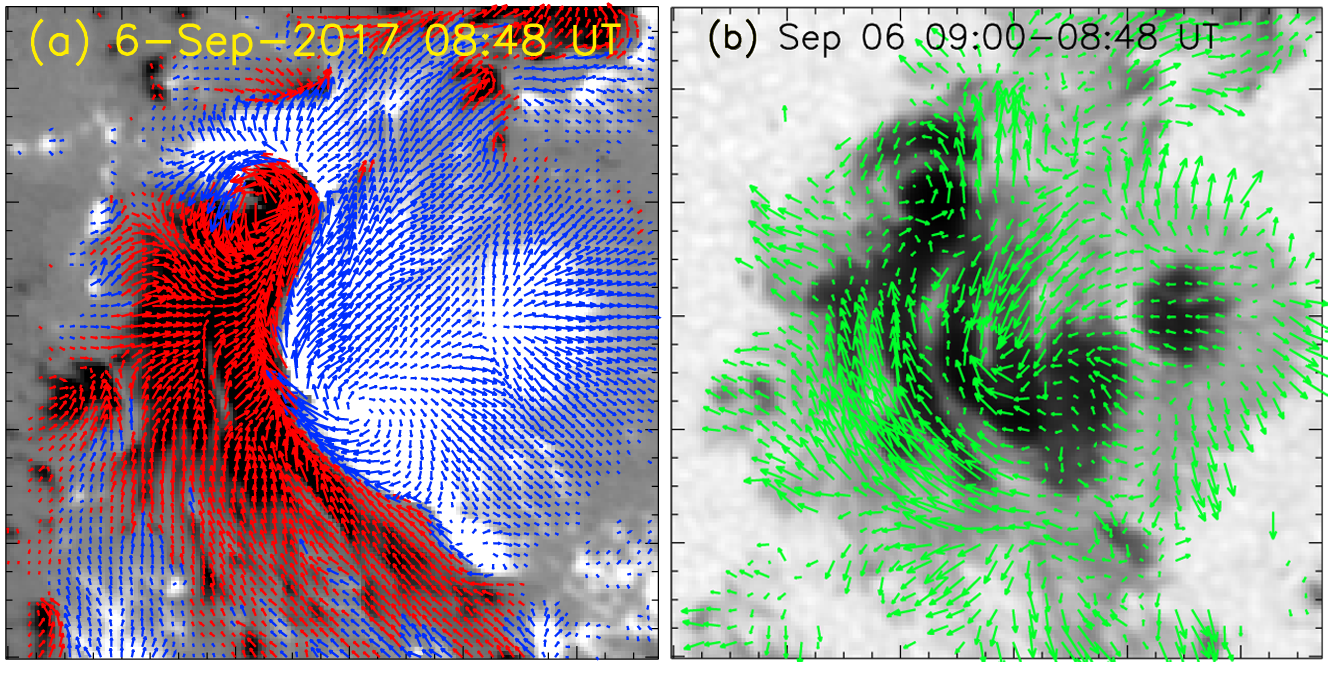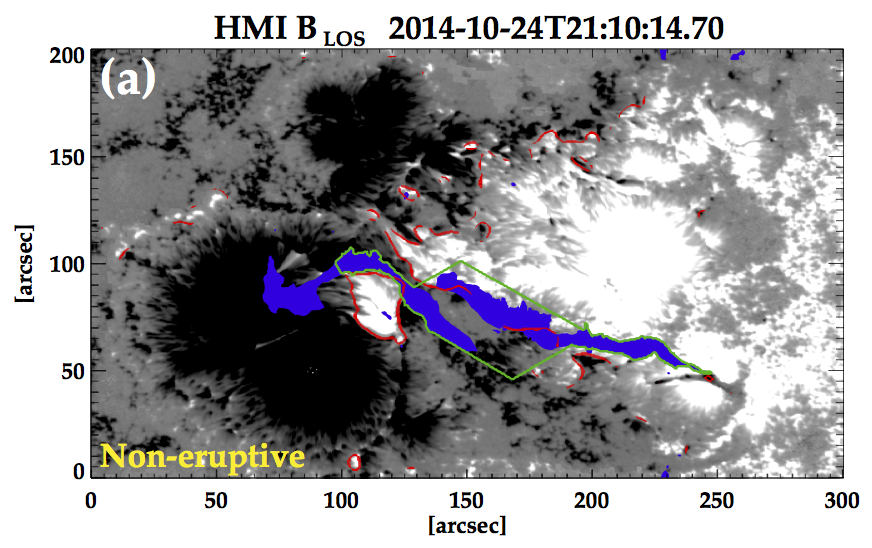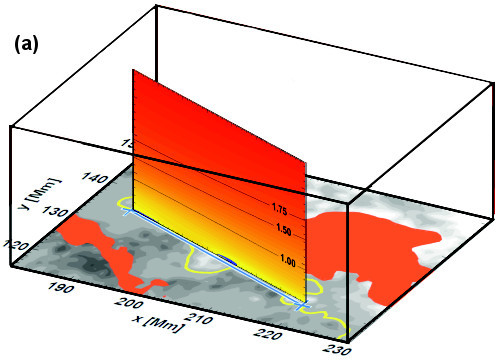192. Magnetic helicity and free magnetic energy as tools for probing eruptions in two differently evolving solar active regions
An analysis of two active regions shows that differently evolving ARs may produce major eruptive flares even when, in addition to the accumulation of significant free magnetic energy budgets, they accumulate large amounts of both left- and right-handed helicity without a strong dominance of one handedness over the other.



